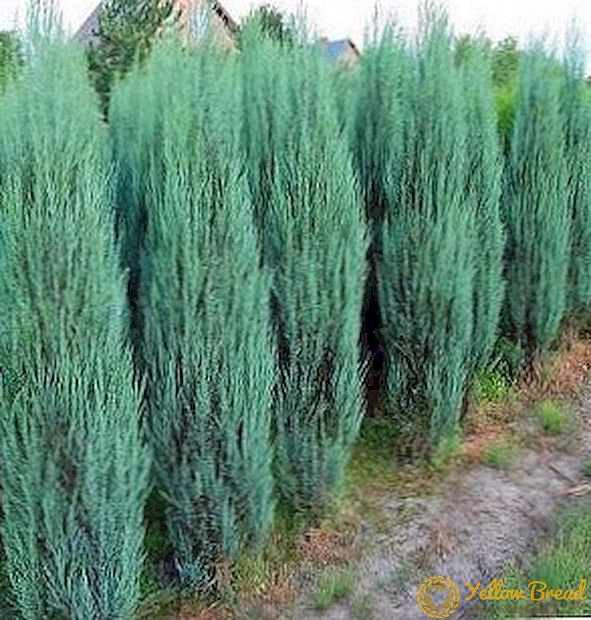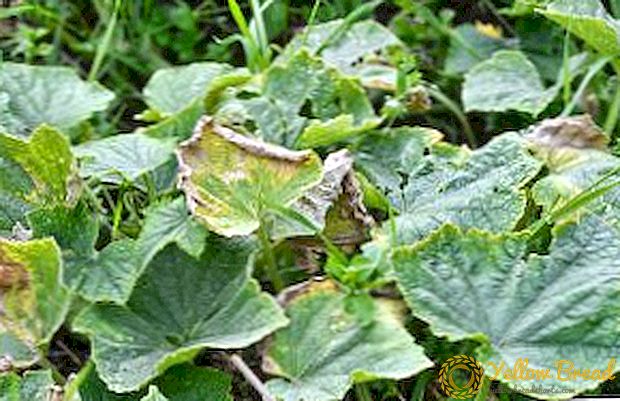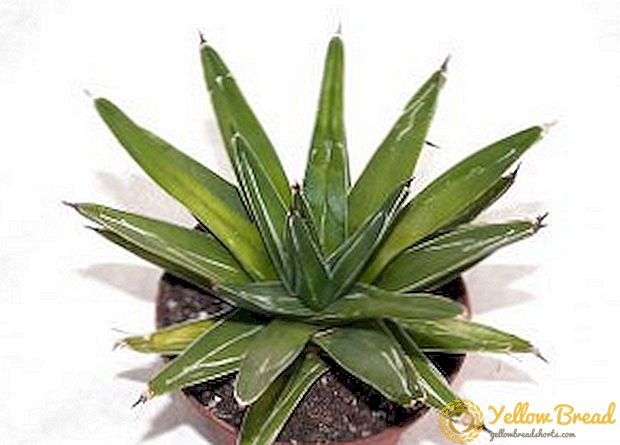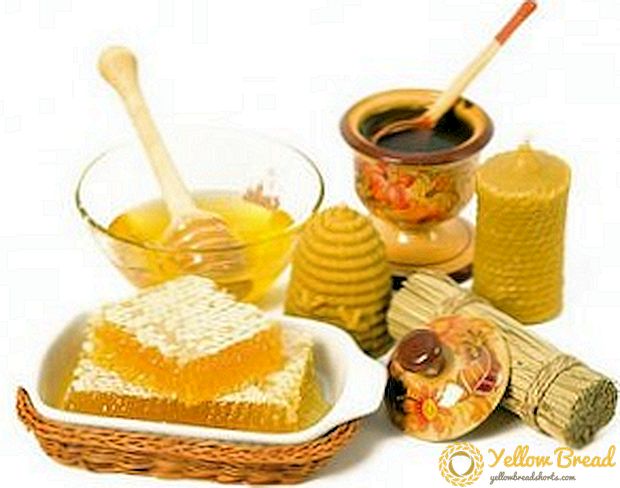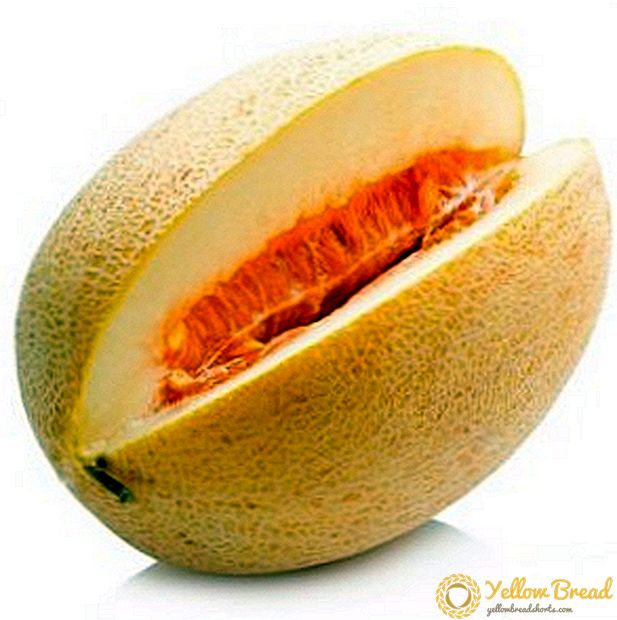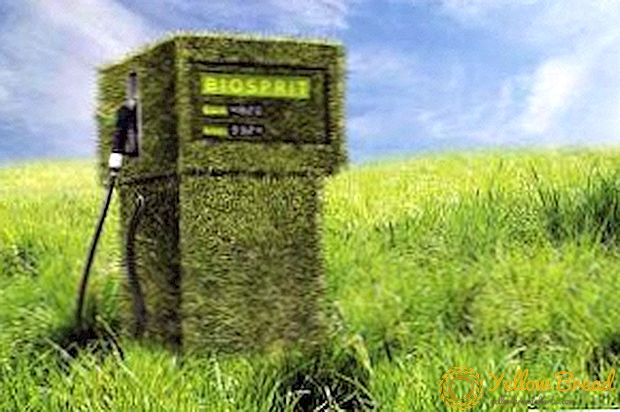 Onion is one of the most commonly used vegetables in cooking.
Onion is one of the most commonly used vegetables in cooking.
An important factor in the successful cultivation of this crop in the conditions of risky farming is the selection of a suitable variety and further care for it.
- The best varieties for the Urals
- Optimum terms for landing
- Location selection
- Lighting
- The soil
- Predecessors
- Site preparation
- Requirements for planting material
- Scheme and depth of landing
- Competent care-a good harvest
- Watering, weeding and loosening
- Top dressing
- Pest and disease control
- Harvesting and storage of the crop
The best varieties for the Urals
The best varieties of onion sets for the Urals are:
- Arzamas -Lukovitsy grow from 40 to 80 g, have an elongated-rounded shape, yellow coloration of the outer scales, inside it is white. In terms of ripening refers to the mid.
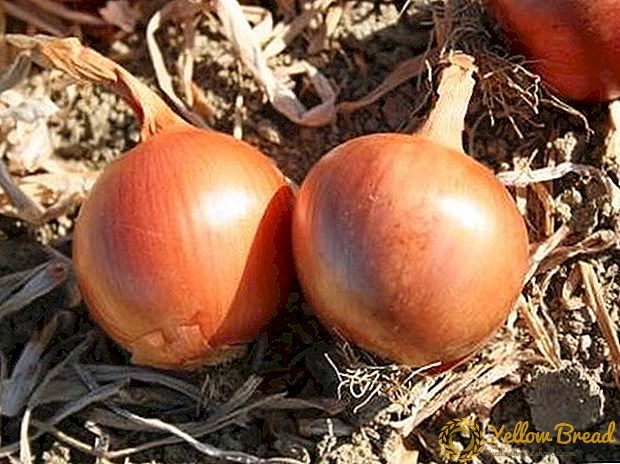
- Bessonovsky local - early variety, bulb size from 35 to 55 g. Form - rounded flat, scales outside are yellow, inside - white. It has good keeping quality.
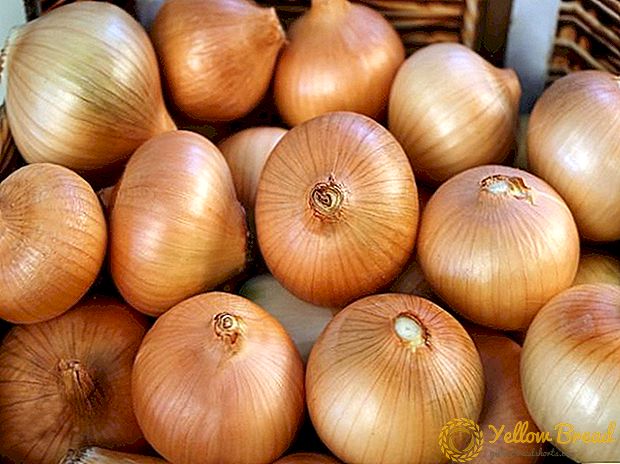
- Buran - refers to the late varieties. The bulbs are large - up to 100 g, have a rounded shape, grown by a two-year cycle. The husk is bright yellow.
- Botherus - weight of bulbs 60-80 g, flat-rounded shape. The outer scales are yellow, inside - white.Suitable for long term storage.
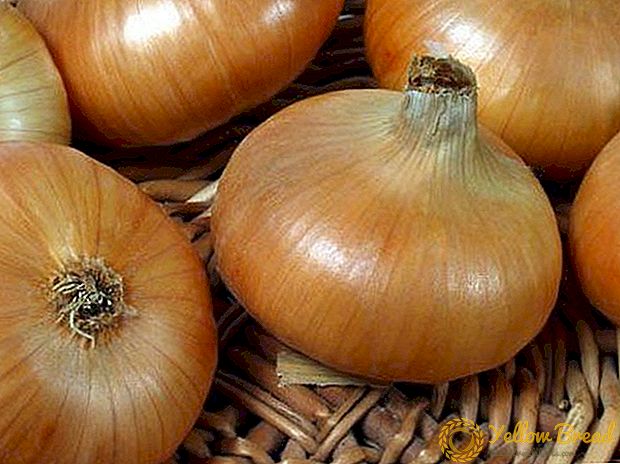
- Moldavian - mid-season variety with rounded fruits weighing up to 130 g. Outside, the scales are pinkish-brown with a slight violet shade, inside they have a pale-violet color.
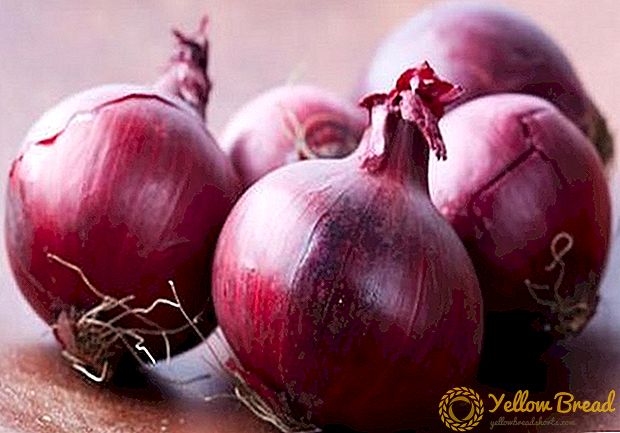
- Myachikovsky 300 - Early large (up to 110 g) variety, flat shape. It has yellow outer scales and white color inside. Good storage performance.
- Red baron - the bulbs are completely dark purple, weighing up to 120 g. It has a mild taste, it is recommended for storage in winter.
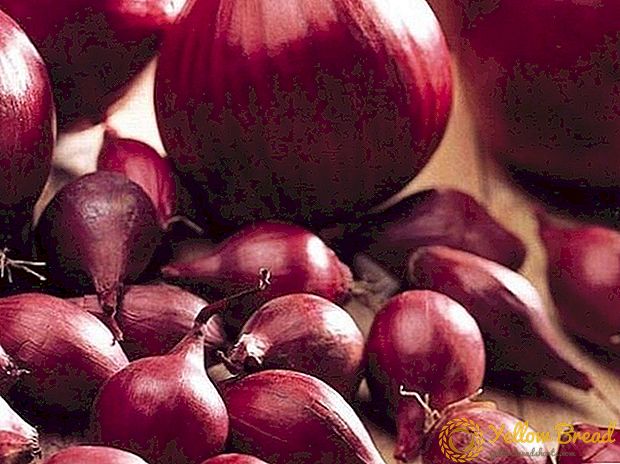
- Siberian one-year - refers to the super early varieties, matures in two months. The bulb is flat in shape, with a mild flavor, reaches a weight of 200 g.
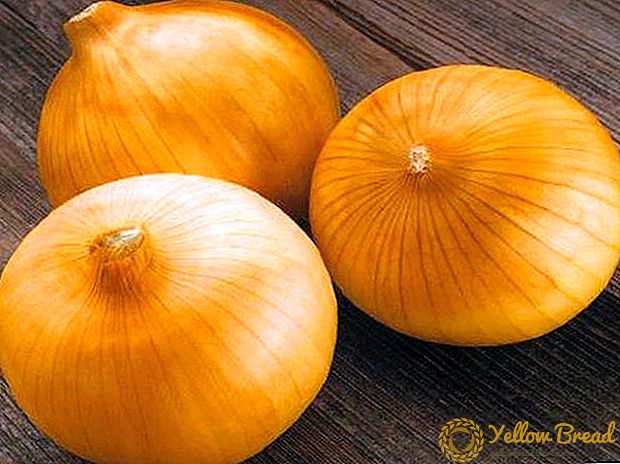
- Strigunovsky local - refers to the acute early varieties. Bulb rounded, medium-sized, weighing from 45 to 80 g, white inside, outer scales yellow with a pinkish or grayish tint.
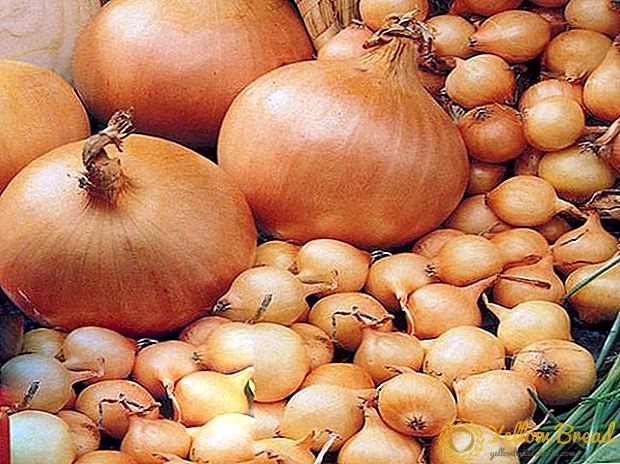
- Black Prince - mid-season variety with round bulbs weighing 60-100 g, has a mild taste. The husk is dark purple.
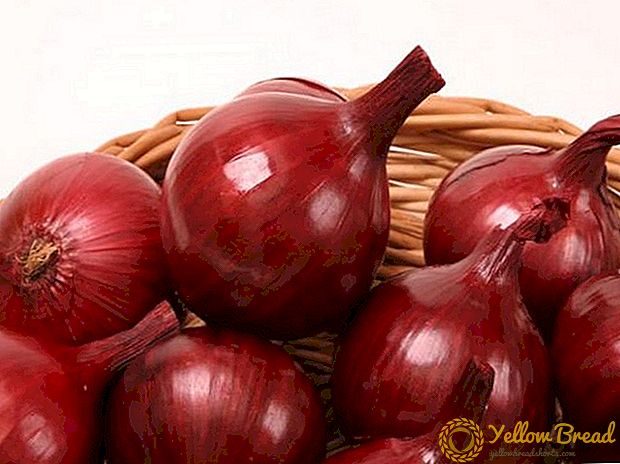
- Exibichen - cold-resistant, medium late variety. The bulbs are very large - up to 800 g, have a sweetish taste. The outer scales are yellow, the inner ones are white.
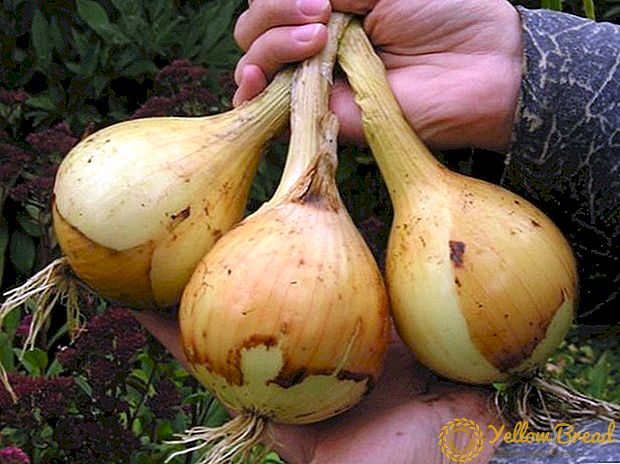
- Timiryazevsky - early variety with flat-rounded bulbs weighing up to 70 g.It has light brown, rarely yellow outer scales. It has good keeping quality.
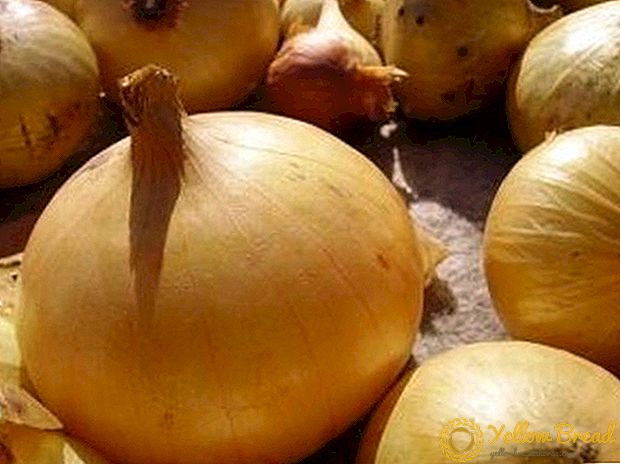
Optimum terms for landing
Since the weather in the Urals is unstable, specific dates are difficult to articulate. The main condition is to monitor before landing that the temperature does not fall below 5-10ºС for several days. The average landing time is the first decade of May.

Location selection
To obtain a good harvest, it is important to responsibly consider the choice of a place for planting.
Lighting
Well-lit areas are suitable for onions, preferably at higher elevations.
The soil
Preference should be given to loamy or sandy soils with neutral acidity. In the autumn, before planting, it is recommended to introduce humus.
Predecessors
As a predecessor, it is better to choose crops such as white and cauliflower, cucumbers, radishes. It is better not to plant onions in the same area two years in a row. Bad predecessors are carrots, radishes, celery, greens. 

Site preparation
For planting onion sets in the Urals, it is important to properly prepare the site. In the spring, the area where the sevines are supposed to be planted should be dug to a depth of 15 cm. Then they arrange beds of about 60 cm wide, and ridges are formed on clayey soil. When sandy soil fit and grooves. Next, they must be covered with a film to warm the soil and do not remove it until planting.
Requirements for planting material
Preparation of planting material consists of five stages:
- quality control and sorting;
- drying;
- warming up;
- disinfection and soaking;
- washing and airing.

First, onions intended for sowing, it is necessary to sort out and throw away rotten or withered specimens. Then the onions are sorted by size and first planted one that is larger.Next, the onions are dried in a warm, protected from moisture place. To avoid early formation of arrows, sevok heated near the batteries.
For hardening the future harvest, the bulbs are soaked in water with a temperature of 40-50ºС for about 15 minutes, and then for the same time in cool water. After that, onions are placed for 6 hours in a solution of mineral fertilizers.
Scheme and depth of landing
The distance between the bulbous beds should be about 20 cm. The bulbs are planted at a distance from each other up to 20 cm. It should be planted in such a way that the tail looks out above the surface.
Competent care-a good harvest
For successful cultivation in the harsh conditions of the Urals, you must adhere to the recommendations for care.
Watering, weeding and loosening
In the first two weeks after sowing and for three weeks after emergence, the onion needs to be plentiful in watering, since it is at this point that the root system forms. Further, the abundance of irrigation should be reduced. You also need to timely remove weeds and loosen the soil, to mulch it.
Top dressing
When planting seedlings in the grooves make compost. In the summer the beds are watered with organic fertilizers. 
Pest and disease control
One common pest is the onion fly. The larvae are dangerous, they penetrate into young bulbs and eat them from the inside. A sign of damage to fly larvae is yellowing and drying feathers. For the prevention of sevok before planting disinfect. Also, the soil is treated with a solution of salt (300 g per 10 l of water).

Onions can strike powdery mildew. When this disease is observed:
- withered leaves;
- vague pale spots on the shoots;
- raid on feathers;
- yellowing and drying greens.
When detected, the affected shoots are removed. Plantings sprayed "Oxyhom".
Gray rot is formed due to the presence of spores of the fungus Botrytis, manifested during storage.The treatment is carried out with the help of the drugs "Bravo", "Switch" and "Quadris". Folk methods of struggle - this is the restriction of nitrogen supplements and the strengthening of potash-phosphorus. This will help speed up the ripening and premature closure of the cervix, as a result of which the spores do not penetrate the pulp. Another similar disease is bacteriosis. Methods of control are similar to gray rot. 
Harvesting and storage of the crop
If you notice that the new leaves have ceased to appear, and the old ones are dying off, this indicates the need for harvesting. For better drying, it is recommended to collect onions in windy and dry weather. After the onion dries out during the day in the air, it is moved to a ventilated room for 2-3 weeks. It should not be allowed to dry out - the scales will crack and go, such a bow will not be stored for a long time.
Growing onions in the Urals does not represent special difficulties. The main thing is to choose the right time for planting and adhere to the elementary requirements for care











